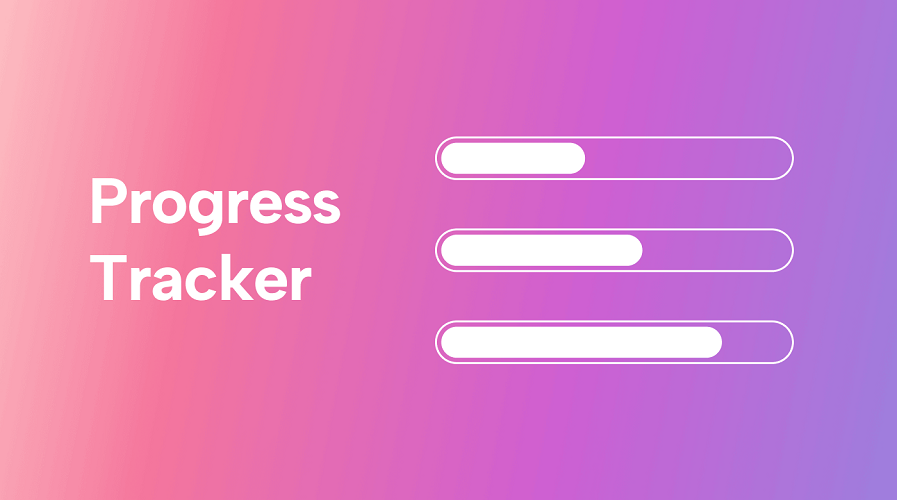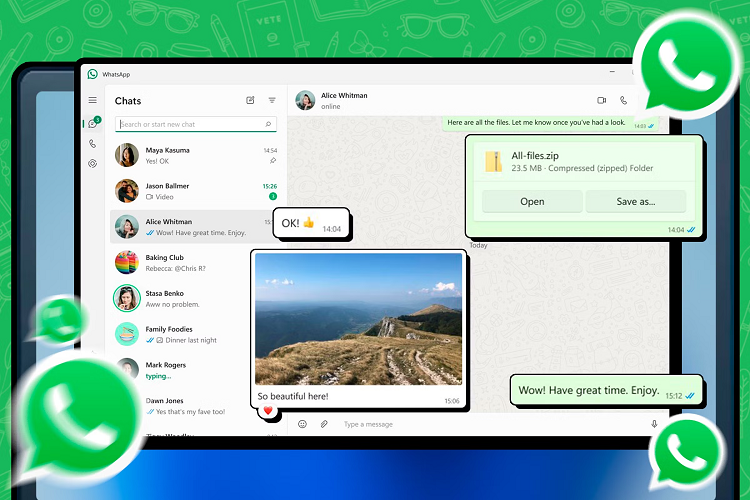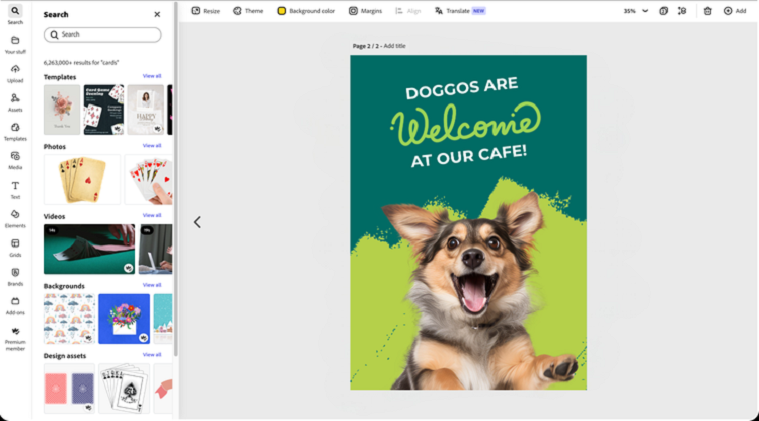How Is Progress Tracked In Real-Time?
Introduction
The ability to monitor development in real-time has changed from a technological benefit to an operational need in a society going more and more digital. Stakeholders in business, education, healthcare, fitness, software development, or any other field need quick understanding of their current direction toward their goals. Real-time progress tracking is the ongoing observation and documentation of events and results as they occur, therefore offering instantaneous data for well-informed decisions. This method stands quite different from conventional approaches, in which tracking was retroactive and periodic.
Real-Time Tracking’s Technological Foundations
Real-time progress tracking is mostly dependent on a sophisticated network of technology gathering, processing, and presenting data immediately. Usually depending on sensors, application programming interfaces (APIs), databases, cloud platforms, and dashboards, these systems guarantee flawless data flow from the source to the user. Oftentimes, Internet of Things (IoT) devices are quite important since they constantly gather behavioral or environmental data and send it to systems housed on clouds. These gadgets are common in sectors such manufacturing, shipping, and fitness where real-time measurements are absolutely important.
Business Uses Of Real-Time Monitoring
Real-time tracking is absolutely essential in the corporate sector for client interaction, supply chain logistics, project management, and sales effectiveness. Tools include Asana, Trello, Jira, and Monday.com give project teams real-time updates on task progress, resource allocation, and milestone accomplishment. Managers can rapidly identify which team members are overburdened, which projects are behind schedule, and what changes are required to reach deadlines. More agile and responsive project management results from this continuous feedback loop.
Medical Professionals And Patient Monitoring
Real-time tracking of development in healthcare can literally save lives. Real-time patient monitoring devices let hospitals and clinics track vital signs including oxygen levels, blood pressure, and heart rate. Often integrating with electronic health records (EHRs), these systems offer a thorough and up-to-date perspective of a patient’s status. Should any important criteria be exceeded, alerts and messages are delivered automatically, enabling doctors to act right away.
Learning Analytics And Educational Contexts
Data analytics and real-time progress tracking via digital learning systems are also revolutionizing education. Learning Management Systems (LMS) include Moodle, Blackboard, and Canvas give teachers a window into student performance and involvement as it occurs. These systems log log-in frequency, time spent on learning resources, quiz results, and assignment turns in. Real-time identification of troubled kids by teachers allows them to offer focused treatments before issues develop more serious.
Real-time feedback clarifies for students their areas of strength and https://www.cassiessteakhousecody.com/menu places for development. Adaptive learning technologies guarantee that students remain challenged but not overburdened by using algorithms to change class complexity depending on performance. This customized method stimulates understanding of material and raises involvement.
Exercise And Personal Goal Monitoring
Real-time tracking has become crucial in the user experience of fitness and personal development. Tracking steps, heart rate, calories burned, and workout intensity, fitness apps and smart gadgets automatically update consumers as they move through their programs. Many times including goal-setting elements, these applications let users create daily or weekly targets and get live feedback on their development.
This quick realization drives people to keep on target and change their actions as necessary. Many fitness apps incorporate social elements—all of which are updated in real time—that let users post successes, challenge others, or get peer encouragement. This community-based reinforcement raises responsibility and improves the possibility of long-lasting behavior modification.
Devops Pipelines And Software Development
Real-time progress tracking is included into agile approaches and DevOps techniques in software development. Version control systems like GitHub or GitLab—which provide real-time notifications on code changes, pull requests, and deployments—allow developers to Pipelines for continuous integration and continuous delivery (CI/CD) give instant comments on code quality, integration state, and deployment success, therefore ensuring early resolution of problems.
Project management solutions including Jira or ClickUp link with development environments to offer live tracking of sprint progress, feature releases, and bug repairs. Faster development cycles and better product quality depend on these platforms fostering cooperation among developers, testers, and project managers.
Systems Of Finance And Budgeting
Real-time tracking is becoming more and more important for both people and financial organizations handling budgets, assets, and expenses. Personal financial apps like Mint, YNAB (You Need A Budget), and PocketGuard notify consumers with current account balances, pending transactions, and spending trends online banking networks provide. While it lowers the danger of overdrafts or late payments, this immediate insight enables customers to make wise decisions on saving, investing, and spending.
User Experience Tracking And Customer Service
Real-time tracking helps greatly in customer service operations to control questions, complaints, and degrees of satisfaction. As it happens, contact center systems let management track agent performance, queue lengths, and call resolution times. This guarantees regular meeting of service criteria and helps to allocate resources during peak times.
Conclusion
Real-time tracking of development is more than simply a technological capacity; it’s a transforming force enabling people and companies to respond with speed, accuracy, and intent. Real-time monitoring helps to enable smarter decisions, faster reactions to problems, and more responsibility in everything from healthcare and education to finance and software development.
The extent and accuracy of real-time tracking will only get better as technology develops, hence furthering its integration into the fabric of contemporary life. Real-time progress tracking is a great friend in reaching significant, quantifiable success whether the objectives are health, business management, or faultless user experience.







